The index card solution to family history preservation
Don’t worry, you won’t need a library’s worth of card catalog drawers for your family history records—a simple recipe box (or two) should do!
I’m all about books—I’ve got stacks of them all over my office, my bedroom, my kitchen; I turn to them for escape and for knowledge, for catharsis and for fun; and I write, edit, and design books for a living. But I know that sometimes creating a book may not be the best choice for a specific memory-keeping challenge. That’s where recipe card boxes come in.
Over the many years I have been advising clients on how to turn their family stories into lasting legacy books, I have found a few common occasions when the time is simply not right (yet!) to commit to book publication. In the three scenarios that follow, I suggest buying a simple recipe card box and some blank index cards that will fit within—then using those (easily changeable, inexpensive, convenient) cards to record your stories until you’re ready to move them into a book. (Oh, and even if you find you never get to that ‘ready’ stage, you’ll still have preserved a great deal of your family history in an accessible format…and who knows, someone in the next generation just may take up the challenge of continuing your research and one day creating an heirloom book!)
Three memory-keeping occasions when recipe cards (a.k.a., index cards) are a great tool:
MEMORIES
You want to capture memories for your children in real time.
Are you regularly sharing tidbits about your new baby on Facebook or Instagram? Do you tell stories about your grade-schooler to your mom during weekly phone calls? Do you wish you had created annual family albums for your kids’ earlier years, but never found the time? It’s never too late to start recording family memories—and it’s easiest when you write those micro memories down as they happen!
How to record family memories in a recipe box:
Keep a pen and a stash of blank recipe cards in convenient locations—your bag, your bedroom nightstand, a kitchen drawer—so that they’re always on hand when you need them.
When your child says something laugh-out-loud funny or wise beyond their years, when they achieve something they’re proud of or try something new, jot it down on a card. Be especially conscious of capturing catch-phrases that characterize a certain age, or things that make you smile every.single.time!
If you have a tendency to share these things in real time on your Instagram stories or other social media platform, take a screenshot of the shared memory, print it out, and tape onto a blank index card.
Whenever you can, make physical prints of favorite photos: Ideally, print them at the same size as your index cards so they can be stored behind the memory card it goes with, or print smaller and adhere to a card with a handwritten memory on the reverse.
Use dividers to label months and year, or perhaps have a divider for each of your children—whatever organizational system makes the most sense for you.
Consider asking your kid(s) to contribute something once in a while—maybe they write how they’re feeling on the first day of every school year, or what they hope for on each birthday. Preserving their handwriting in this way is priceless!
Future uses: These memory cards will become not only a cherished family heirloom, but they’ll be resources for you to easily create meaningful gifts in years to come—think a photo montage at their high school graduation, or a memory book on the occasion of their wedding. You may want to use them as memory prompts for YOU to write a book one day, or maybe you’ll digitize them for yourself then tie a ribbon around the box to gift to your child when they buy their first home!
HEIRLOOMS
You want to record the stories of your heirlooms, but can’t undertake a big new project.
Instead, jot down a list of all the heirlooms you hold dear, then tackle writing down their provenance one by one when you have time. That first index card will be like a checklist (that you can add to any time you want!). Each subsequent card will include
a photo of the heirloom
a physical description
who it belonged to (including originally and over the years)
approximate year it came into your family
any associated stories or details that make it meaningful.
You may end up writing about one heirloom per month, or completing a flurry of them at once and then not again for a while—go at your own pace!
Future uses: You may want to one day design a book of all your heirlooms (or have a professional book designer create one for you), in which case you’ll have everything you need in one place. Alternately, as you downsize or simply gift items to loved ones and friends, you may hand them the card that goes with their heirloom—voilà, origin story complete.
RECIPES
You are working towards a heritage cookbook—‘towards’ being the operative word.
Sure, this one may seem obvious (recipe cards in a recipe box!!)…but I encourage you to be more intentional than one might normally be when jotting down recipes. You may recognize your mom’s scribbles, or your grandmother’s shorthand, but the next generation may not. As you cook each recipe, look over what’s written and ask yourself:
Is each ingredient amount clear?
Is cook time accurate?
Have I changed something since I originally began cooking this?
Do we always use a certain brand of an ingredient?
Are there other things worth noting—that you often double the recipe and freeze half, say, or that It can be modified if using fresh rather than canned vegetables?
Examples: Grandma may have used shortening, Mom preferred margarine, and you now use butter; “cook until browned” is only helpful if you have a general idea of cook time, so be more explicit for future recipe readers—“cook approximately 20 minutes, until browned”; “syrup” may obviously denote dark maple syrup to you, but being specific is the key to a foolproof recipe.
A few tips for recipe testing:
I recommend having a single divider in your box—the ones in front have not yet been tested (and marked up), while the ones in back have been.
It can be helpful to cook the recipes with another family member or friend who isn’t familiar with the process to make sure you answer questions that can crop up. (Bonus? Way more fun!)
Definitely write down more than just the recipe—include that “this was Jennifer’s favorite lunch in kindergarten” or that “we’ve been baking this bread every Easter since 1896.” Capturing the stories behind your family’s favorite foods will make this box/eventual cookbook all the more special!
Future uses: You can easily copy recipe cards to gift to your kids when they move out, or compile them in a heritage cookbook that’s professionally printed and bound and distribute among family members.
One instance where I thought index cards might be useful but have since changed my mind: for organizing genealogy materials. Whether you are in the early stages of your genealogy research or just addicted to learning more and more about your ancestors’ lives, every family historian knows their work is never done. It’s the most common reason I hear for why people aren’t ready to create a family history book. I get it! But while using an index card filing system may seem like an elegant solution to organizing lots of changing data, the cards’ small size is too restrictive. Click here for some expert guidance on organizing your genealogical information, click here for some best practices, and click here for ways you CAN use index cards as a handy reference for your ancestry research.









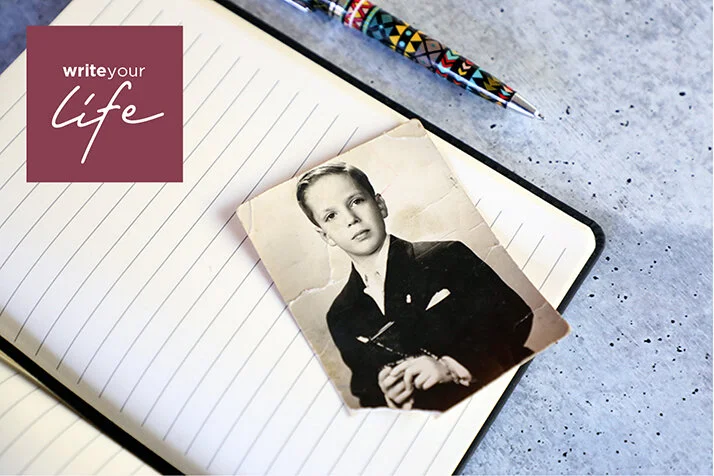






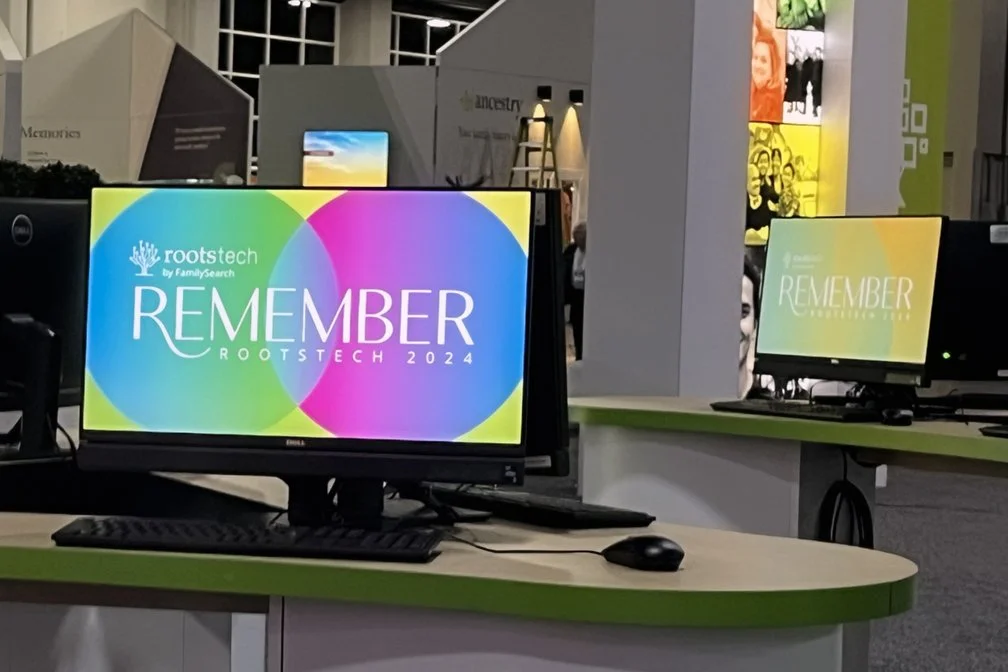









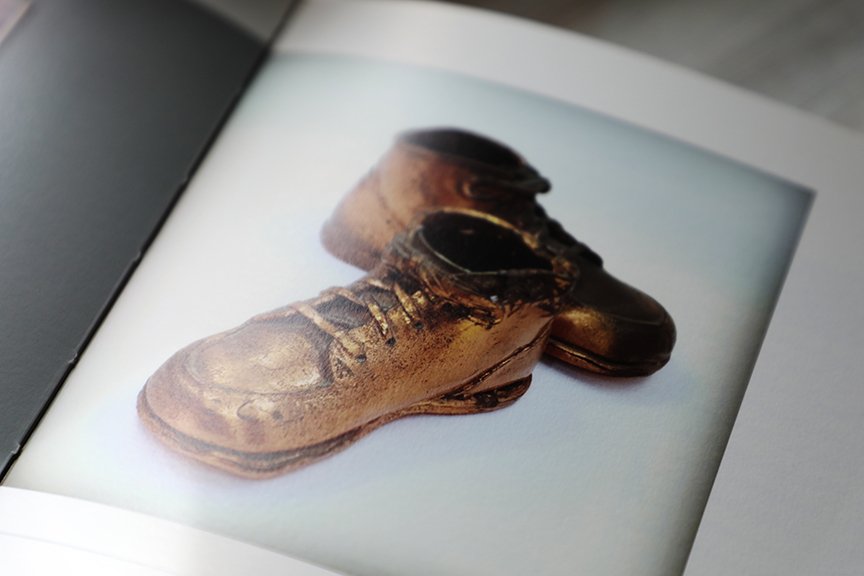
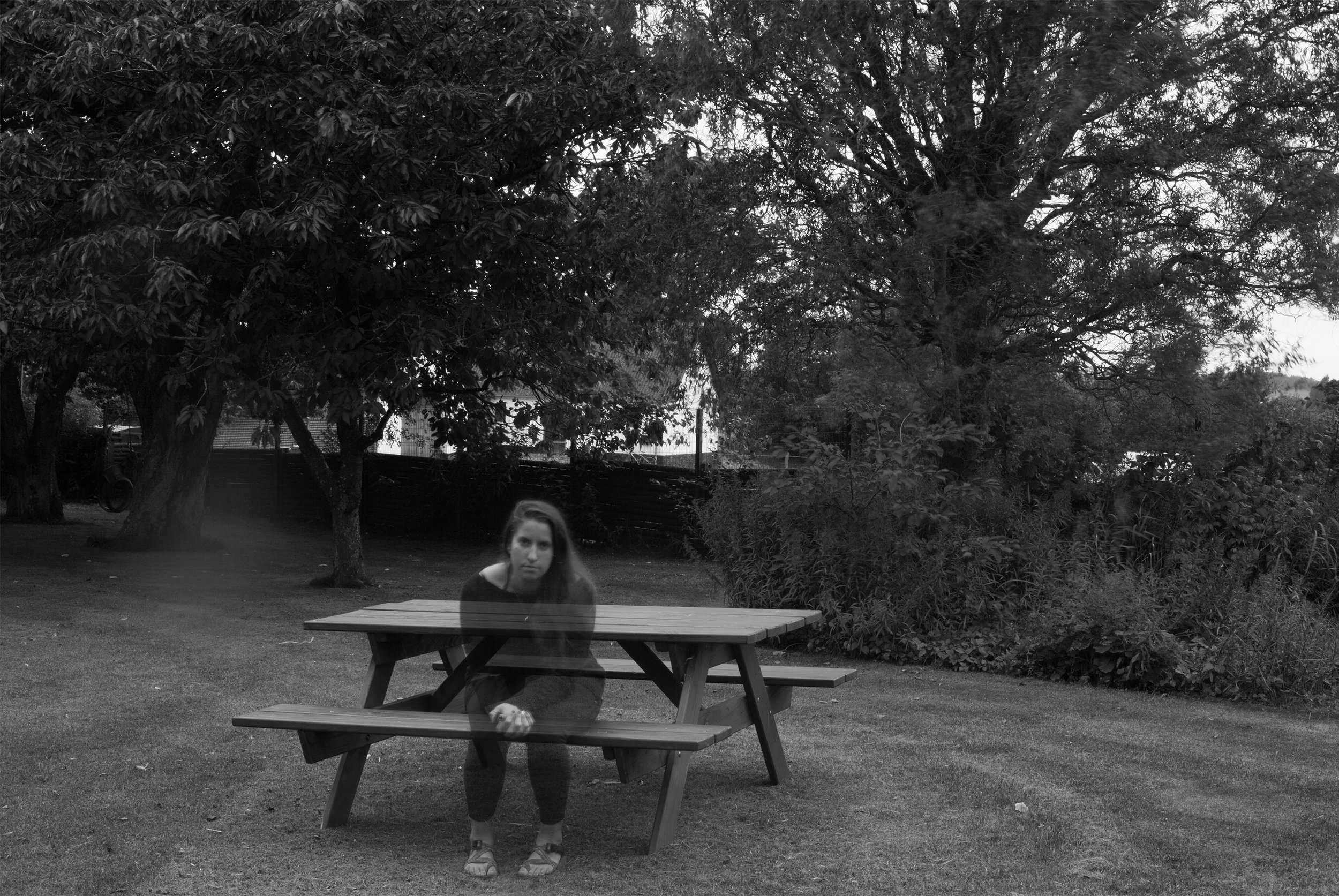

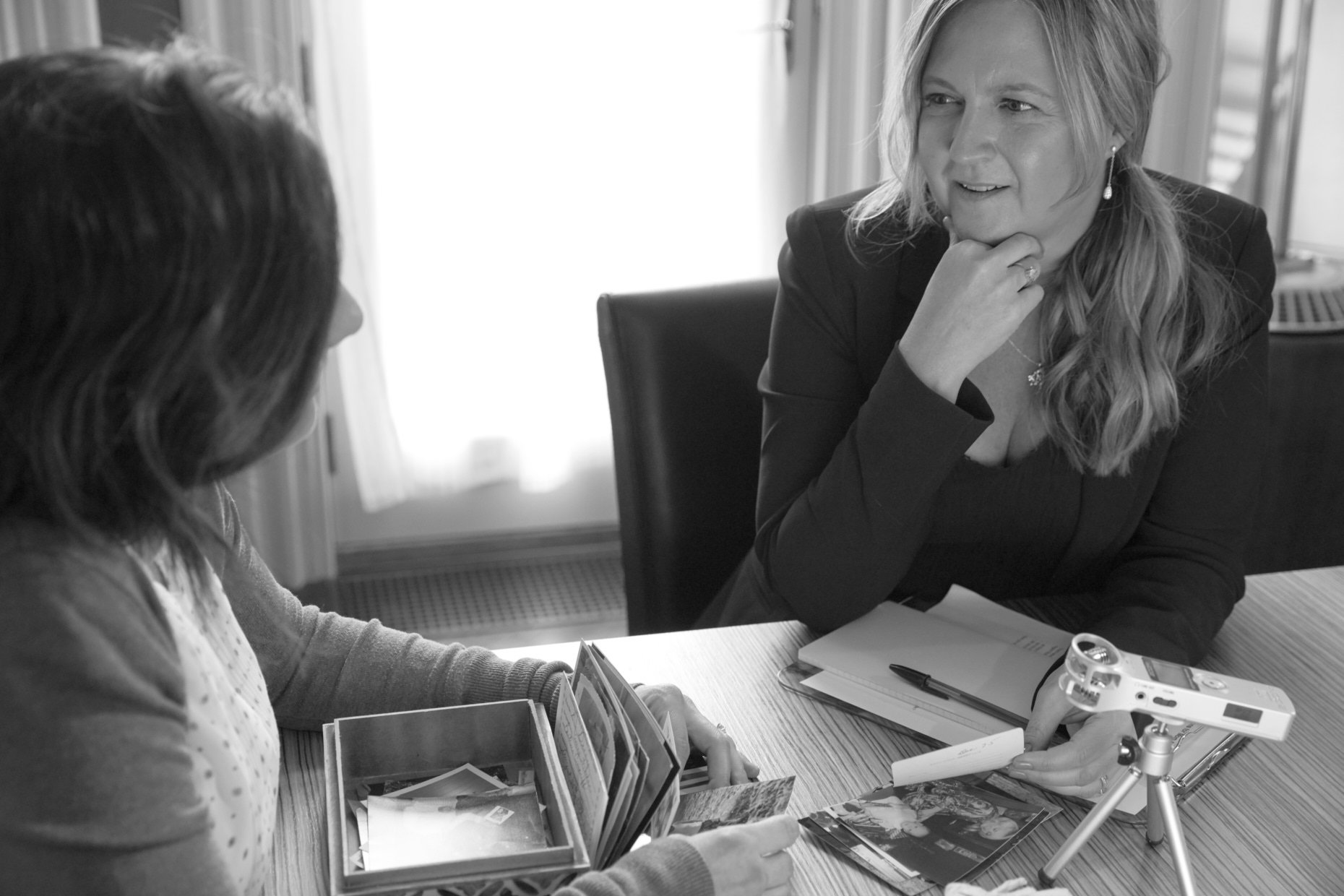
I hope these quotes from my commonplace book remind you why family history and stories of our ancestors matter—and why now is always the best time to delve in.